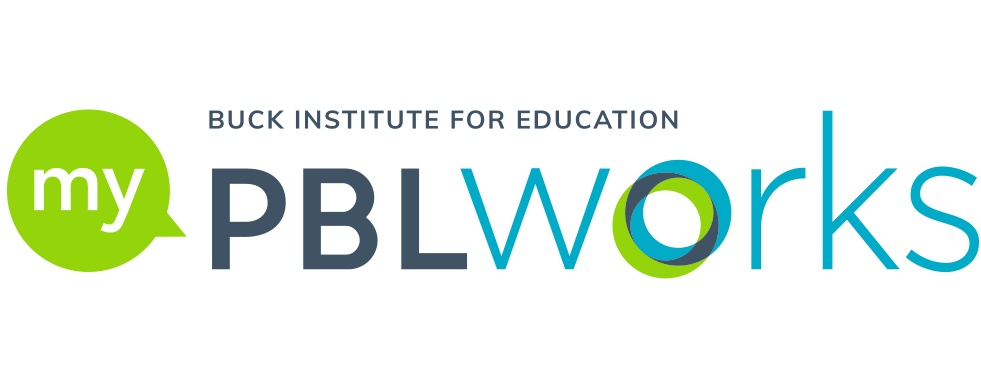No title associated38
Emily Pilloton, founder of Project H Design, kicked off her keynote address at PBL World by reminding the audience of two distinctly human abilities: using tools and telling stories. She teaches students to use powerful tools and tell compelling stories as they tackle design/build challenges that transform their communities.
Pilloton brings an architect’s mindset and professional experience into education. “Architecture is a form of Project Based Learning,” she said. For students, “PBL is the real-world execution of academic concepts.” Whether her students are designing a community gathering space, “the craziest possible chicken coop,” or a new school library, she encourages them to approach their work with “love and audacity. Challenge students to do projects that surprise people.”
She launched Project H Design in 2008 at a public high school in rural Bertie County, NC. During a one-year immersive learning experience, students designed and built a farmers’ market for a community that lacked access to fresh food. They not only constructed a beautiful pavilion, but also built the infrastructure for a community enterprise. On the opening day of the market, the mayor presented students with the key to the city.
One of the boys who took part in that first project told Pilloton he looked forward to someday bringing his own children to see it and telling them, “I built that.” That’s the “magical moment,” she says, when students look on the work they have done “with complete awe and pride.”
Building students’ creative confidence is central to Pilloton’s approach. She currently teaches eighth-graders at Realm Charter School in Berkeley, CA. Many need to start with the basics, she said, such as “how to hold a ruler or a hammer.” But that doesn’t mean that they lack for “brilliant ideas.” This year’s students, for instance, wanted to design and build a library for their school, which doesn’t have one. Their vision is “a place of exploration and discovery,” rather than a traditional library.
Pilloton offered educators a wealth of ideas to bring into PBL, such as:
How to start a project: She identifies project-worthy ideas by asking students two questions: “What do you love? What’s your crazy idea?” From there, she makes connections across disciplines as students focus on specific ideas and tackle real-world problem solving. That leads to her next prompt: “Now, go do it (and have fun in the process).”
How to build background knowledge: Pilloton uses a protocol from architecture called “precedent study” to help students develop an understanding of how similar problems have been addressed in the past. In a project on designing chicken coops, for instance, one student did a precedent study of the work of Buckminster Fuller. By encouraging research before diving into solutions, she helps students arrive at better ideas.
How to encourage creativity: A good design challenge requires constraints, Pilloton says. In designing a project, teachers might think about constraints related to budget, materials, size, and so forth.
Find more creative ideas to borrow in the Project H Toolbox.
In a Google Hangout after her keynote, Pilloton shared more of her strategies for encouraging creativity.
And in a second Google Hangout, she sat down with Sam Seidel, day two keynoter, to talk about design thinking for education.
Igniting Ideas
PBL World attendees will have a chance to see creative constraints in action later today, when a few brave participants give Ignite talks. These are lightning-fast presentations that follow a specific format and strict time limits. Within those constraints, anything’s possible!
Stay up to date on PBL World happenings by following the Twitter hashtag #pblworld. Join the Google+ PBL World community for videos and more resources.
To view or download this resource, log in here.
Login